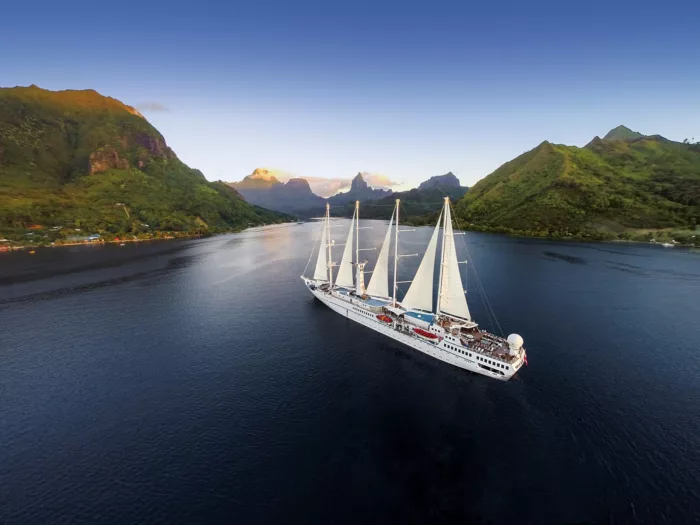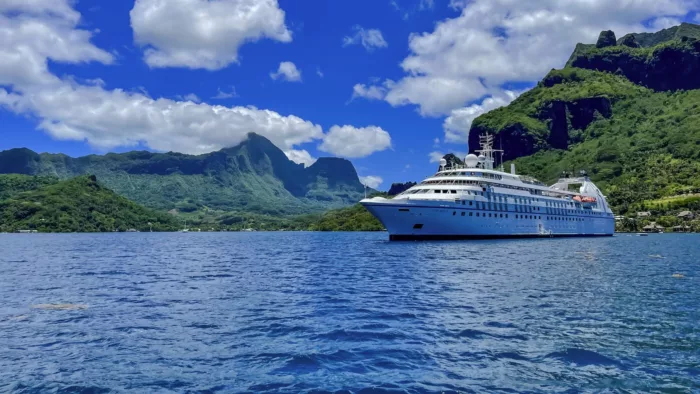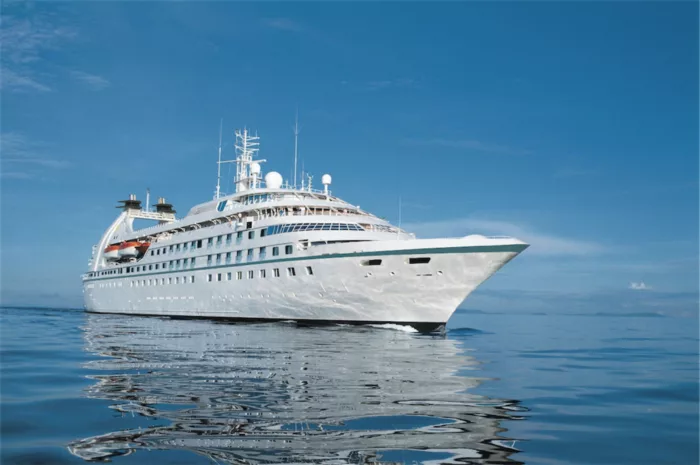
Windstar Cruises
Windstar Cruises operates a fleet of small luxury cruise ships. The cruise line has six yachts - three of which are masted sailing ships - and offers laid-back luxury with a tinge of historic seafaring adventure.
Wind Star and Wind Spirit each carry 148 guests, whereas Wind Surf carries 342. 'Power yachts' Star Pride, Star Breeze and Star Legend all carry 312 passengers. It's a unique experience, by all means!
148
Passengers
101
Crew
1998
Launched
2012
Last refit
5703t
Tonnage
110m
Length
15m
Width
10kts
Speed
4
Decks
USD
Currency
Cruise Itinerary
Day 1
Bridgetown, Barbados
Day 2
Port Elizabeth, Bequia, Saint Vincent and the Grenadines
Day 3
Mayreau Island, Saint Vincent and the Grenadines
Day 4
Saint George's, Grenada
Day 5
At Sea
Relax and make the most of the myriad of facilities available on board the ship, from fantastic entertainment to delicious and diverse dining options.
Day 6
Kralendijk, Bonaire
Day 7
Willemstad, Curaçao
Day 8
Oranjestad, Aruba
Day 9
At Sea
Relax and make the most of the myriad of facilities available on board the ship, from fantastic entertainment to delicious and diverse dining options.
Day 10
Cartagena, Colombia
Day 11
At Sea
Relax and make the most of the myriad of facilities available on board the ship, from fantastic entertainment to delicious and diverse dining options.
Day 12
Colón, Panama

Day 1
Bridgetown, Barbados

Day 2
Port Elizabeth, Bequia, Saint Vincent and the Grenadines

Day 3
Mayreau Island, Saint Vincent and the Grenadines

Day 4
Saint George's, Grenada

Day 5
At Sea

Day 6
Kralendijk, Bonaire

Day 7
Willemstad, Curaçao

Day 8
Oranjestad, Aruba

Day 9
At Sea

Day 10
Cartagena, Colombia

Day 11
At Sea

Day 12
Colón, Panama
Ship Details


Windstar Cruises
Wind Spirit
Wind Spirit is a sleek, 4-masted sailing yacht accommodating 148 guests. With four decks and a gross tonnage of 5,736, Wind Spirit feels like your own private yacht.
Cabins
All Prices













